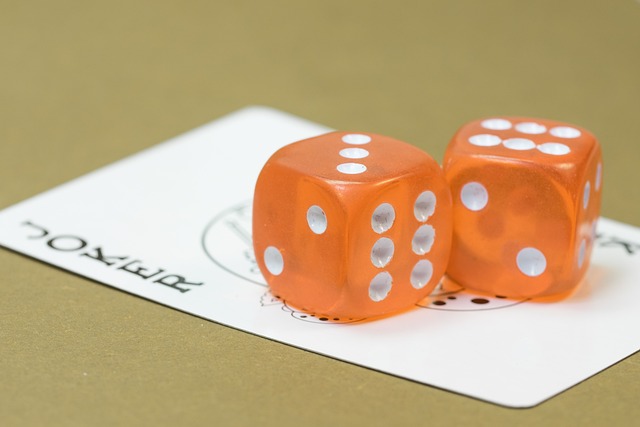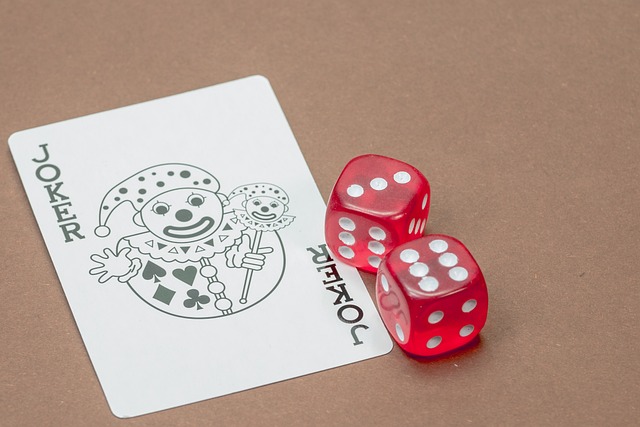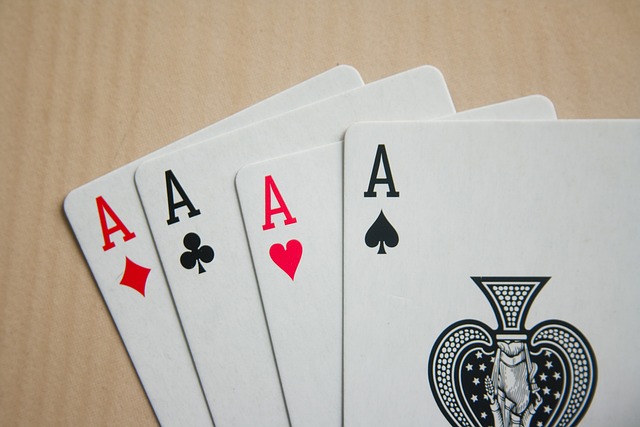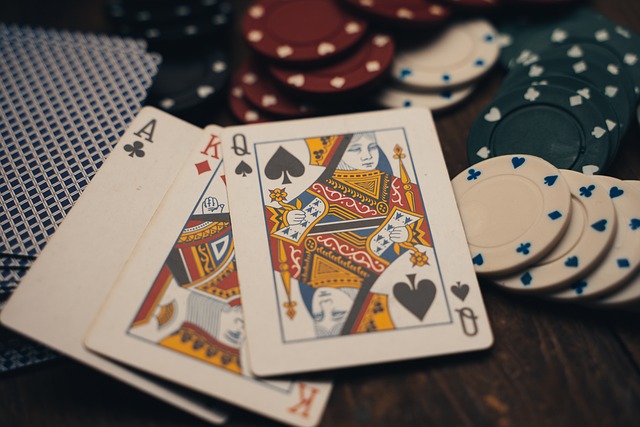In the game of poker, strategy and psychology collide. It goes beyond the cards you are holding. It also has to do with how you construct perceptions. This analytical side of poker focuses a lot on the skill of bluffing. A good bluff can turn a bad hand into a big pot. Seeing through an opponent’s bluff is quite profitable. Any poker pro must grasp the mind tricks used in bluffing. They must also have the skills to spot bluffs.
Creating the Illusion
The first stage in a good bluff is to construct a plausible story to tell your opponent. This entails body language consistent with holding a powerful hand as well as regular betting habits. Competent athletes frequently convey confidence with their body language. They place strong wagers and maintain constant eye contact. Even with a weak hand, they still accomplish this.
Effective bluffers psychologically take advantage of their knowledge of how human emotions influence judgment. They can discern the emotional states of their opponents and modify their tactics accordingly. An aggressive bet placed at the right moment can scare an opponent into folding a weaker hand if they are being hesitant or uncertain.
Psychological Conditioning and Tells

Bluffers often rely on psychological conditioning to their advantage. If they establish a certain pattern of play and then break it at a crucial moment, they can deceive their opponents about the strength of their hands. When players grow to know one another’s playing styles over long poker sessions, this strategy can be quite helpful.
Conversely, every poker player has “tells.” Unconscious behaviors referred to as “tells” reveal an individual’s true feelings regarding their hand. These could include anything from changes in betting patterns to physical indicators like twitching or emotions on the face. Skilled players strive very hard to improve their tell control. They are also skilled at spotting telltale signs left by their rivals.
Techniques to Detect Bluffing
It takes acute observation and psychological understanding to recognize a bluff. Competient players in this area frequently have a keen eye for behavioral irregularities in their opponents. An abrupt change in a player’s betting habits, for instance, may be cause for concern. Someone may be bluffing if they make a big stake out of nowhere after playing cautiously all night.
On the other hand, the game’s context is quite important. Determining if a move is probably a bluff can be aided by having a solid understanding of the stakes, the player’s position in the hand, and the general dynamics of the table. A player in late position, for example, may raise only to grab the blinds; this is a different strategy from raising from early position.
Platforms like Vave give players the chance to practice these abilities against a variety of opponents in real time, which can greatly increase their ability to bluff and detect bluffs. This is great for anyone trying to get better at poker.
Psychological Resilience in Bluffing

One crucial distinction is the capacity to hold a bluff under duress. This skill sets professionals apart from beginners. To handle the stress and exhilaration that high stakes bluffing can bring, one needs both strategic intelligence and emotional control.
In summary, bluffing is an intricate psychological maneuver combining strategy, deceit, and human psychology. Knowing how these components interact deeply can greatly improve your poker play, whether you’re trying to detect or attempt a bluff. When these are mastered, poker becomes more than just a chance game. It is a sophisticated exercise in strategic thinking and human psychology.

